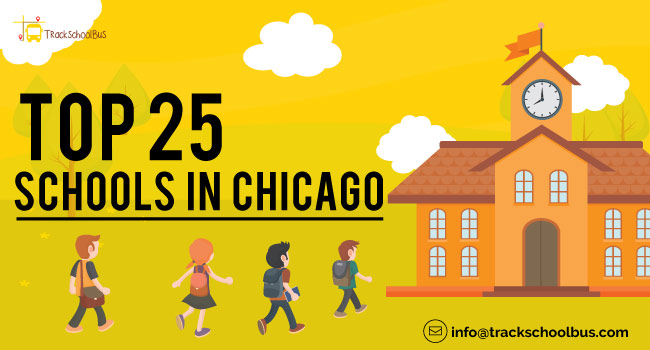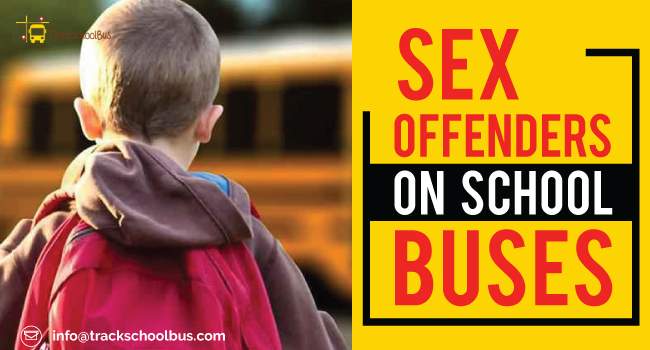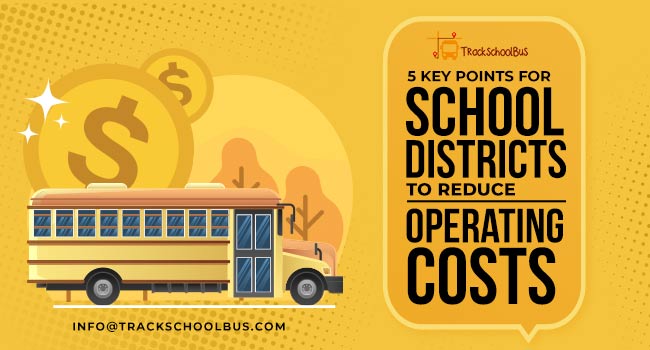Most parents use data as well as statistics from the U.S. Department of Education and other trustworthy resources to find the best schools in their area.
When it comes to Chicago, most top-rated public schools are ranked based on how they perform on state-wide tests, in graduation exams as well as how good they prepare their students for college.
Whether you are looking for a primary school to provide your children with primary or elementary education or even a secondary or high school, here’s a list of the 25 Best Schools in Chicago.
1. River Woods Elementary School

This primary school works with an ideal mission of providing learners with significant, distinguished learning experiences, teamwork and a common vision for success, and thus retaining a safe and responsible school climate.
Located on Chicago’s southeast side, north of the Easter Lake area, this school provides education for more than 500 students each year in their pre-kindergarten through fifth-grade classrooms.
Based on last year’s report, this school in chicago has ranked better than 96.9% of elementary schools in Illinois and was also ranked 5th among 14 ranked elementary schools in the Naperville School District. Reports also highlight that most students here are performing above grade level.
2. Walter Payton College Preparatory High School

Since its beginning in 2000, Walter Payton College Preparatory High School has been serving as an international model for global teaching and learning.
Situated in the north side of Chicago, this is a school with award-winning status for its outstanding math, science, fine arts, humanities as well as adventure education programs.
Students can also benefit from extracurricular activities, sports programs and student-driven clubs in the school.
Factors that attract anyone to this school include
- diverse student and staff populations
- nationally recognized debate teams
- better attendance rate
3. Whitney M. Young Magnet High School

Run by the Chicago Public Schools district, Whitney M. Young Magnet High School was founded in 1975. Based near West Side neighborhood in Chicago, this school aims at creating a positive as well as a friendly, varied and challenging learning community.
Ranked as the 5th most challenging high school in Illinois, 4th best Chicago high school and the 2nd most diverse high school in the U.S., this high school features preparatory curriculum with two programs that need special application and entrance testing – The Magnet High School Program for Grades 9–12 and The Academic Center for Grades 7–8.
The school also provides support for students in developing diverse fine arts programs including graphic design, band, guitar, orchestra, choir, drama, sculpture, theater and more
4. Bronzeville Classical Elementary School

Through their unique education model, they aim at providing students with the base knowledge to discover and obtain a clear understanding of the world around them and act accordingly.
Their problem-based learning helps in facing real-world issues along with making students economically advanced. The staff here is well trained to prepare each student for those 21st-century jobs which is to be created.
This school community’s accelerated academic programs are taught above grade level, which helps the students to attain their highest academic latent. This school was also in news recently for helping empower young girls at elementary schools through science and gardening.
5. Northside College Preparatory High School

Ranked #2 in Illinois High Schools, this public high school was founded in 1999 and is situated in the North Park neighborhood of Chicago, IL. The first as well as new CPS high school that was built in last 20 years, it provides a unique learning community.
Key factors that all work together to make this school a great place for public education includes
- gifted, dedicated students
- progressive and expert faculty
- caring and supportive parents
- supportive benefactors
- community partners
In grades 9-12, this school has 1,069 students with a student-teacher ratio of 18:1. Reports highlight that 89% of students in this top-rated, public school are at least proficient in math and 94% in reading.
6. Lindblom Math and Science Academy (LMSA)

Located on Chicago’s South Side, in West Englewood, this public 4-year selective enrollment high school aims at drawing the best students from all areas of the city.
Ranked 11th within Illinois and one among 106 high schools in the Chicago Public Schools list, this academy provides students with the opportunity to take Advanced Placement® coursework and exams.
In National Rankings, this school has been ranked #272. Baxter International Inc. has collaborated with this reputable academy to construct the Biotechnology Center for Excellence. With this initiative, students can connect their classroom studies to real world experiences.
7. Illinois Mathematics and Science Academy

A 3 year residential public high school based in Aurora, IL, Illinois Mathematics and Science Academy (IMSA) is focused on developing artistic, moral leaders in mathematics, science, engineering as well as technology.
Niche.com has ranked this school as the top Public School in America in 2019. IMSA provides tutoring through research, innovative undertaking and tactical partnerships and thus aims at creating academically talented Illinois students.
8. Vernon Hills High School (VHHS)

Located in the northern suburb of Chicago, Vernon Hills High School or VHHS is ranked 23rd within Illinois. This public 4-year high school with about 1300 students works with a mission to create talented scholars who travel around and discover the most innovative creations.
Being a part of Community High School District 128, this community also includes Libertyville High School
9. Jones College Prep High School

Established in August 1998, Jones College Prep High School is run by the Chicago Public Schools district. Being the first school in Chicago to engage in the Cooperative Work-Study program, this school is dedicated to preparing students for a life span of achievement.
With a tradition of academic excellence and ethnic and cultural diversity, this school is dedicated to fulfilling each student’s potential in academic, creative, material, as well as socio-emotional dimensions.
10. Lane Tech College Prep High School

The largest high school in Chicago accommodating about 4,200 students, Lane Tech College Prep High School is a leader among the most exceptional educational foundations in the area.
This school’s set of courses is based on college preparatory education and aims at building the school’s technical tradition. Here, students can enjoy more continuous learning, with the same amount of instructional days as other schools.
11. Glenbrook South High School

Based in Chicago, Glenbrook South High School serves 2,972 students in grades 9-12 with a student-teacher ratio of 15:1.
This public 4-year high school offers a unique instructional program that is designed to meet the educational requirements of a varied student population.
This school also takes pride in expanding its contributions to all crucial areas such as Arts, Academics, Athletics as well as Activities.
12. Metea Valley High School

Started in August 2009 in DuPage County, Metea Valley High School is one among the four high schools run by the Indian Prairie School District, which is the 5th largest district in IL.
Read Also: Top 10 School Bus Companies
Here, students get opportunities beyond the traditional curriculum and so they can excel in all subject areas. They have the most supportive teachers of any selective enrollment high school.
13. Phoenix Military Academy High School

With almost 540 students in grades 9 to12, Phoenix Military Academy High School is ranked 9th position within Illinois.
This academy aims at developing young people to become good civilian and leader with surprising quality as well as a clear idea for victory.
Most courses that are offered allows for greater depth of study, along with replicating the seminar courses at the university level.
14. Proviso Mathematics and Science Academy

Opened in 2005, in Forest Park, Illinois, Proviso Mathematics and Science Academy is one of the latest schools in the Proviso Township High Schools District 209.
This school works with the mission of developing the mutually dependent and worldwide learner with an advanced set of courses that improves their problem-solving capability.
Along with academic brilliance, students will also be taught to be all-time learners and universal citizens.
15. Abraham Lincoln Elementary School

With a successful history of over 135 years, Abraham Lincoln Elementary School is serving the Lincoln Park community with great pride.
Chosen as an International Gifted School, this school has one of the most prominent educational programs in this world. By balancing custom and novelty, they provide outstanding opportunities for students in all relevant backgrounds.
16. Adlai E. Stevenson High School

Named on behalf of its former Illinois governor Adlai E. Stevenson II, this Adlai E. Stevenson High School was opened in the year 1965.
This School Community works hard to reach excellence by engaging students in significant experiences. The faculty, parents and staff here are determinedly dedicated to nurturing the great minds and leaders of tomorrow.
17. Oscar Mayer Magnet School

Oscar Mayer Magnet School is dedicated to promoting students to become lifelong learners.
Their pioneering teaching techniques are designed to promote academic curiosity and support the principles of an engaged population. Courses offered here are based on Montessori and an International Baccalaureate (IB) Middle Years Program.
18. Solorio Academy High School

Named in tribute to Eric Solorio, Eric Solorio Academy High School works with the mission of providing all students with the awareness, talent, and discipline essential to graduate from college and have an optimistic impact on their living communities.
This public 4-year high school serving 1,185 students is successful in creating a supportive atmosphere to improve student’s problem-solving skills.
19. Decatur Classical School

Positioned among the top 1% of all schools in Illinois, Decatur Classical School provides a supreme educational experience for all their students.
Your kids can also benefit from an innovative curriculum which supports the investigation, decisive thinking, as well as the application of educational tools.
They follow common core principles to connect students in high quality accelerated teaching.
20. Beaubien Elementary School

Initially named the Jefferson and later named after the French dealer Jean Baptiste Beaubien, Beaubien School provides a fostering school atmosphere that accommodates gifted and talented students of diverse populations.
This community also promotes other activities that keep your children active such as chess club, band, robotics club, sports program, science and math club and more.
21. Amundsen High School

Being a part of Chicago Public Schools, Amundsen High School serves almost 1,200 students. The school is well known for its outstanding student success results as well as competitive educational and supplementary programs that meet this 21st-century competence.
The courses offered here are intended to develop each student’s talent and thus make them free thinkers for their lifetime. They can also gain good knowledge of other subjects including languages, technology as well as arts.
22. Skinner North Classical School

Since September 2009, Skinner North has been striving towards achieving academic excellence and improving social skills to all their students.
Along with competitive courses and coaching, this school also provides other key facilities such as a library, cooking kitchen, science and computer labs, a large auditorium, and more.
Dedicated and experienced staff here put their hands together to establish highly successful rules to support teamwork and leadership.
23. Chicago Bulls College Prep

Named after the basketball team – Chicago Bulls, Chicago Bulls College Prep is a part of the Noble Network of Charter Schools.
This school aims at organizing learners for their graduation, by teaching them respectable personality, self-discipline, and a healthy standard of living.
Caring staff at this community provides valuable instructions to students to sculpt them in an academically sophisticated environment.
24. Chicago High School for Agricultural Sciences

Along with creating knowledgeable and educated citizens, this college preparatory high school provides an opportunity to learn agriculture and develop marketing skills in learners.
Read Also: 8 Types of School Buses – Understanding the Classification
Their mission is to change the illustration of built-up agriculture, by producing technologically advanced graduates. This Midwest attracts students and parents for its inventive curriculum, failure avoidance and excellent motivation for students.
25. Corliss High School

Named after George Henry Corliss, an American engineer, this high school provides all necessary support for student to make sure that all whom they educate are really successful.
They also offer Advanced Placement coursework as well as exams for learners. Many reports have already proven this school student’s proficiency in math as well as reading.
Hope this list helps you choose the best school to build your child’s career.



























